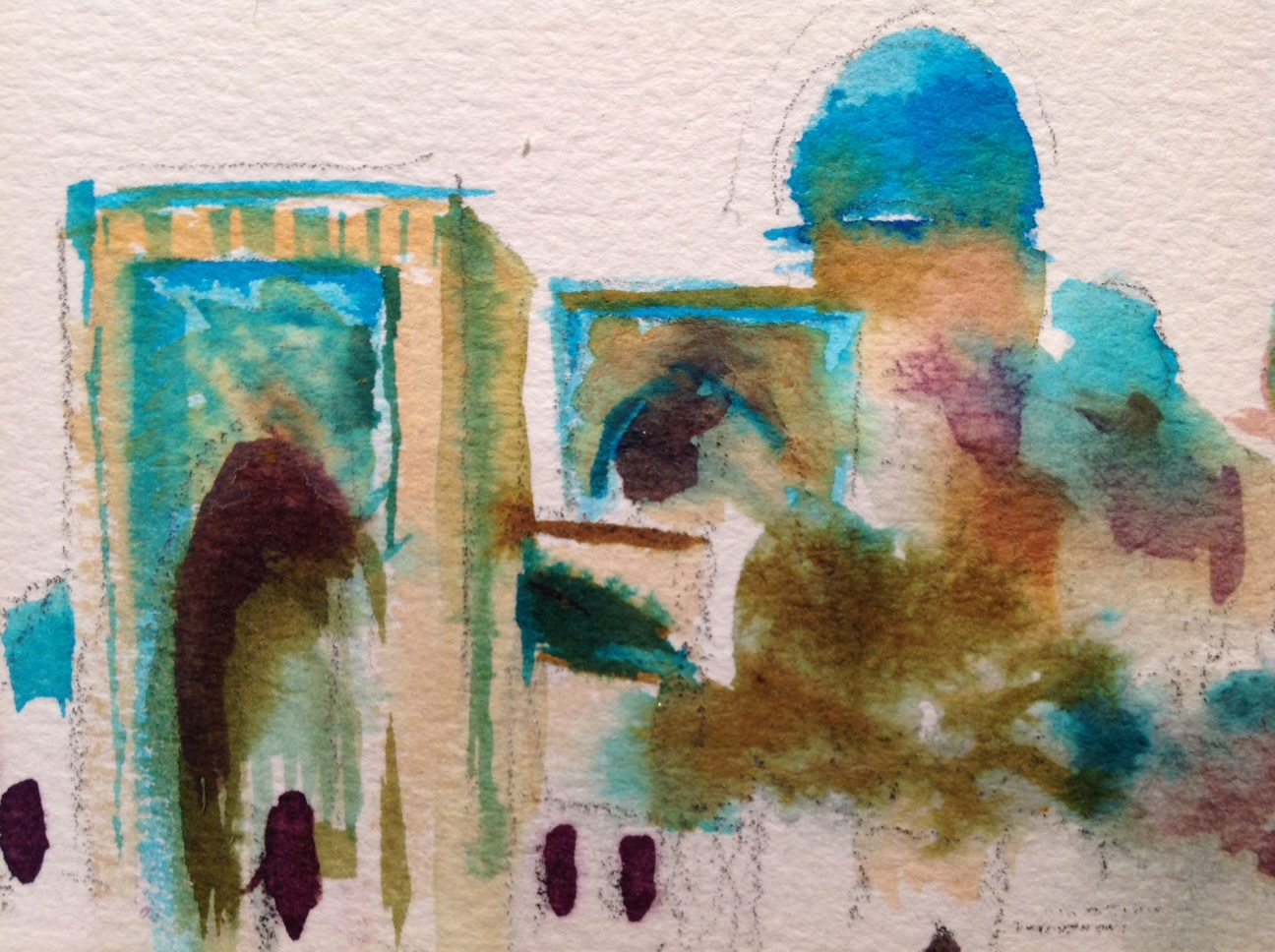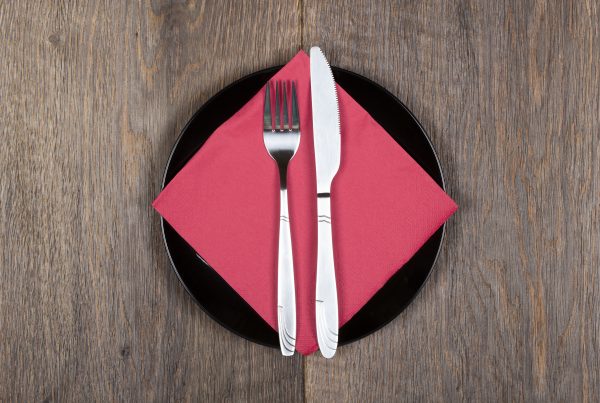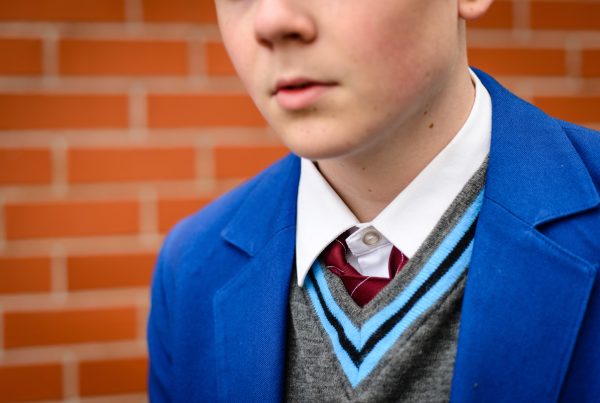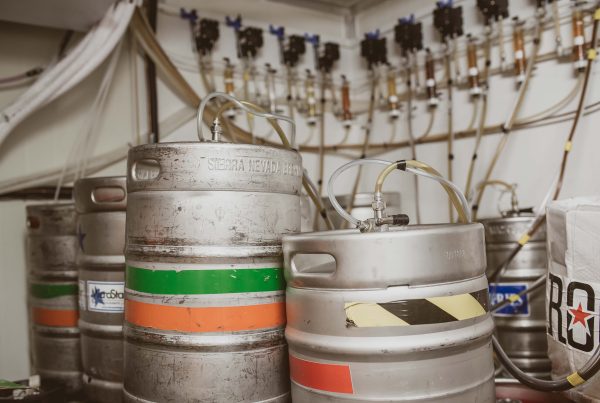
I was now in the centre of an ancient and fabled empire that had inspired many to take this same route. Unlike them, however, I was not forced to take the long journey through hostile lands where attack by marauding bandits was a real possibility.
I was about to retrace a portion of the legendary Silk Road, a series of routes through which silk, gold, precious stones, paper, glass, spices — all the most glamorous things you can imagine — plus ideas and knowledge of arithmetic and astrology were traded between East and West. I would also be covering some of the same desert and mountainous terrain and crossing rivers that these ancient traders had to negotiate, but gladly with a private driver in an air-conditioned four-wheel drive organized for me by the Ancient Kingdoms Holiday programme run by New Zealand’s Innovative Travel Company.

A great starting point for us was the Museum of Applied Arts, a traditional Russian home displaying Suzani embroidery work, costumes, ceramics, jewellery and woodwork. Tashkent itself is a modern city rebuilt in the Russian style, all square grey buildings and long, wide tree-lined boulevards.
Samarkand, a four-hour drive away, has always conjured up magical images of shimmering turquoise domes. It is just like this. Standing in the Registan square was astonishing, surrounded by three enormous madrasa (schools), each covered in glittering tiles. The other major jewel of Samarkand is the Shah-i-Zinda, a street of mausoleums covered in mosaic and majolica of the richest blues, turquoises and saffron yellow, and arranged in a profusion of patterns: plants, vines, geometry and swirling arabesques. It’s a sacred place, busy with pilgrims who are eager to meet fellow travellers and always friendly.
A day trip to Shakrisabz, the birthplace of the great 14th-century warrior ruler Timur the lame (Tamerlane) afforded a sumptuous picnic on divans and some spectacular mountain scenery.
As we headed to Bukhara we trekked up the gorge of Sarmysh. With special permission we were able to see the stylish and imaginative Bronze Age rock drawings.
Bukhara, despite a bloodthirsty history, became a great trading centre. It still has its ancient domed trading domes, with gateways tall enough to allow the camel trains through, and beneath which are now found interesting stalls selling handicrafts in silk, wool, wood metals and ceramics, and markets for agricultural produce.
A day’s drive through the desert brings you to Khiva. From the outside it looks like a giant child’s sandcastle, with 8m-thick walls protecting its spectacular medieval city. Inside the walls are palaces and madrasa, tiled in ornate turquoise and blue. In its ghastly past, Khiva was a hub for slavery. A walk into the slave quarters reminds you of this sad fact. This aside, Khiva is a small, walkable pedestrian-only town with a variety of artisan craft, including the carpet workshop established by Chris Aslan Alexander and featured in his 2009 book A Carpet Ride to Khiva.

Further into the desert, past the few thousand-year-old remains of the castles in the Khorezm, we came to Nukus. The 2010 film The Desert of Forbidden Art tells the story of how Igor Savitsky saved thousands of works of art from Stalin’s cultural purge and had them driven through the desert to Nukus. There he created a museum that now houses a staggering 90,000 works.
From Nukus we flew to Tashkent and then drove into the lush Fergana Valley. This is the most populated part of Uzbekistan, providing industry and agriculture. All aspects of silk production, fabric dyeing, embroidery, carpet weaving and ceramic production take place here. Our arrival coincided with the cotton harvest. An impromptu stop in the cotton fields to watch the harvest resulted in a shared meal of watermelon with an all-woman harvesting crew, one of whom was an English teacher who was able to translate for the whole group. This was a highlight for us and a wonderful way to finish our fantastic journey through Uzbekistan and this alluring part of the Silk Road.






